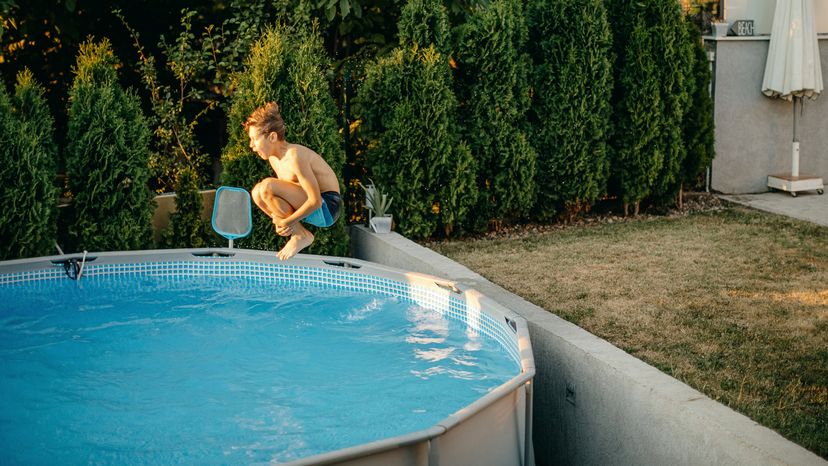
Draining an above ground pool can seem like a daunting task, but with the right guidance, it can be a straightforward and manageable process. Whether you're closing your pool for the season, performing maintenance, or simply changing the water, knowing how to drain an above ground pool is essential for any pool owner.
Here's a detailed walk through the process of draining a swimming pool, ensuring that you can efficiently and safely completely drain the pool without damaging the pool liner or surrounding area.
Advertisement